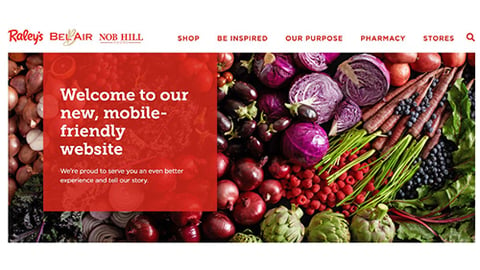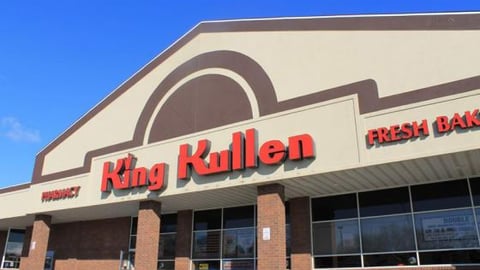Reaping the Benefits of Consolidated Web Content Management
Consistent customer experiences, visibility across marketing campaigns, and ease of scalability – these are just a few of the advantages that CPG companies can unlock by consolidating their content management. Still, a large majority of CPG companies constantly struggle with unstructured data and product information. What is it that keeps these companies from unleashing the power of content? And how can the CPG industry adapt to navigate these issues? Let’s find out.
Traditional ways of doing business are deeply ingrained in the CPG industry. Banking on the security of what has been working so far, many CPG companies have missed the train for digital transformation. The result: poor content and product information management built on top of legacy systems. Issues like fragmented product data, high turnaround time for updating content, and lack of transparency across different teams are a common sight. However, the rules of the game have changed.
Customers today are more vigilant about knowing more and more about the products they buy – they look for informed opinions, price comparisons, features and the overall benefits. Hence, they prefer to be more educated than ever before. Amidst these evolving customer expectations, failure to integrate product information is no longer acceptable. It not only decreases efficiency of marketing operations, but also leads to inconsistencies in the content that customers consume. This in turn makes it difficult to attract new customers and opens the door to driving loyal customers away. So what is the solution?
Streamlining Content, Product Info Management
Up until a few years ago, a highly renowned, more-than-100-year-old CPG manufacturing company, with a revenue of $7 billion-plus and a presence in more than 30 locations in North America, was using separate websites, managed by different agencies, to showcase more than 40 of its packaged food brands. To further complicate matters, most of these websites were built on top of proprietary as well as outdated technology. This meant additional licensing expenses and unnecessary complications.
These multiple websites created gaps in customer journeys, because they were all composed of different layout components. This led to poor user experience and made it difficult to sustain consistent brand messaging. Product and legal teams constantly struggled to maintain data accuracy across these disparate platforms. Launching any new campaign required extensive planning and effort. Enabling simple functionalities like showcasing localized content or providing role-based secure access turned laborious and expensive. Besides, data discrepancies were taking a toll on the company’s brand experience and perceived trustworthiness.
To address these issues, the company sought a new way to present itself to its customers. It wanted a solution that could empower it to capture the essence of who it was, showcase products in a meaningful manner – and it found one by centralizing its website content and product data.
Creating a Seamless Brand Story
Capturing hundreds of thousands of product stories crafted over years in a single platform is as complicated as creating a riot of flavors in a single recipe. It goes beyond just integrating disparate experiences; it requires a deep understanding of what made those experiences in the first place.
For any multinational brand, getting its product stories right is one of the biggest challenges. Every time the marketing team updates a piece of content, there’s a possibility that it may not be in accordance with the brand guidelines. This task becomes even more difficult if channels of communication aren’t integrated, increasing the chances of human error.
When faced with a similar situation, this leading CPG brand turned this challenge into an opportunity and redefined the way it told its product stories.
Here’s how the company made it happen:
- The CPG leader was able to automatically create unique product information using master data with Pimcore technology. This helped accelerate and amplify multichannel visibility of newly launched products. As it also created a single point of control, product teams were able to update, manage and monitor product data with speed.
- The system also enabled powerful RESTful API integration with external ERP. This meant that product visibility on the brand website and stock availability across ecommerce portals became in sync.
- The system enabled the company’s digital marketing teams to make content and product information changes on the fly, offering greater flexibility to internal teams, and helping establish better approval workflows for content publishing.
Central management of localized content created more opportunities for driving customized experiences. The brand finally had the power to tell the story it wanted. Every product wasn’t just a recipe and a few ingredients put together – it became a shared history, a memory and a smile.
Unlocking the Secret to Success
Enabling complete transparency and seamlessness in the product information is just the start. Re-engineering the enterprise with data at its core is the next step. Garnering insights about customers from their activities, personas and purchase histories to drive personalized experiences that create relevant shoppable moments at every stage is the ultimate goal.







